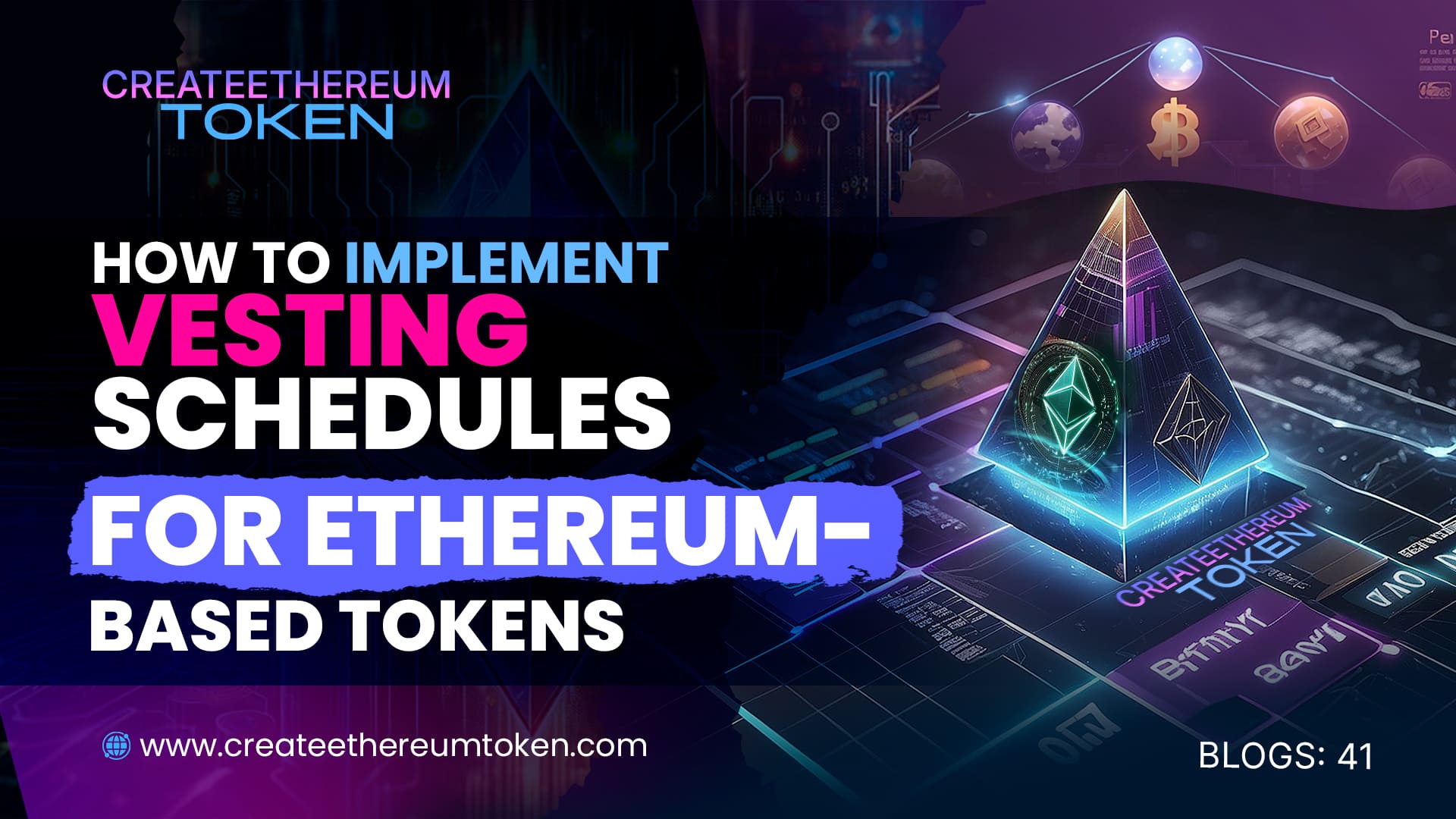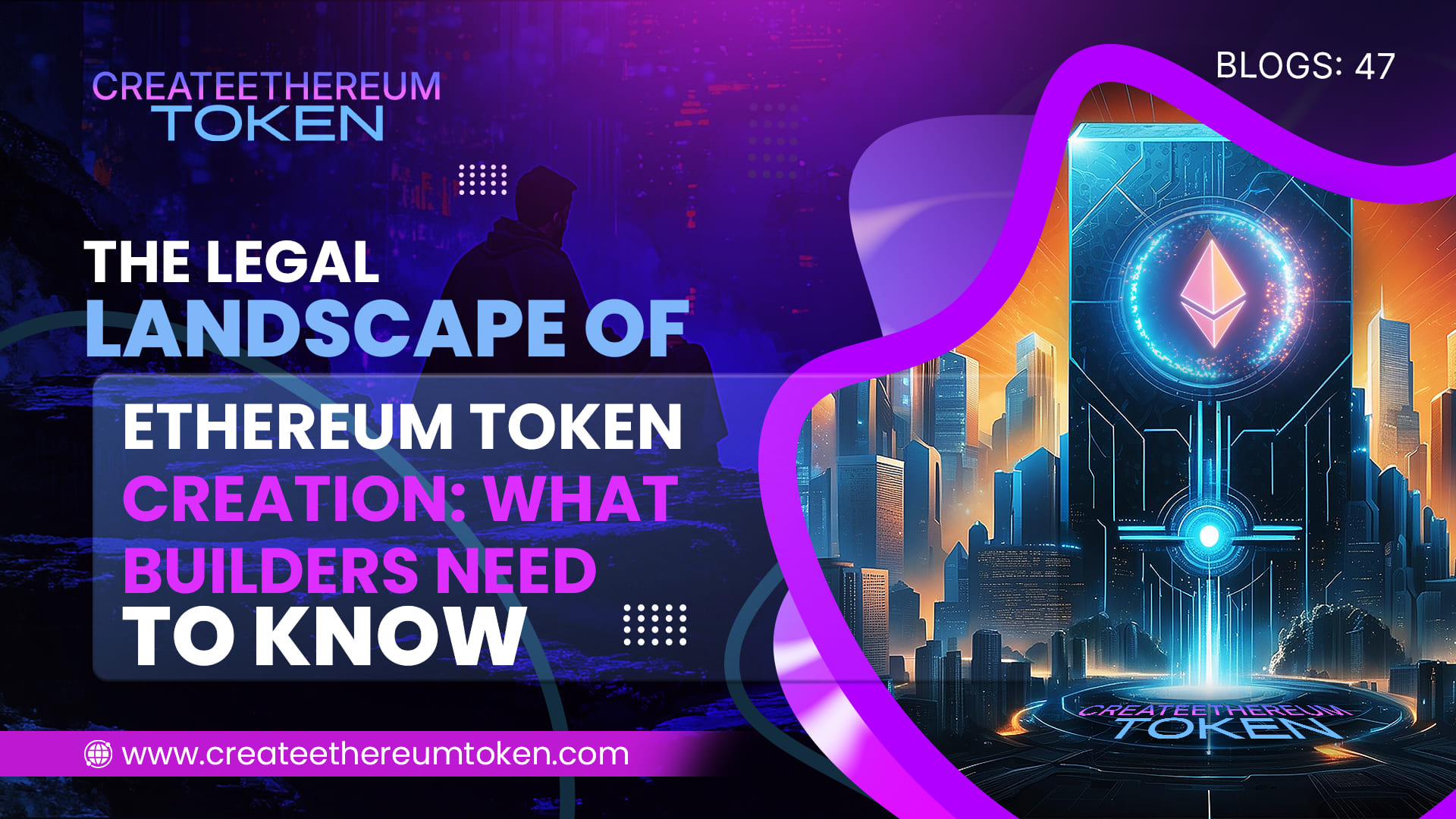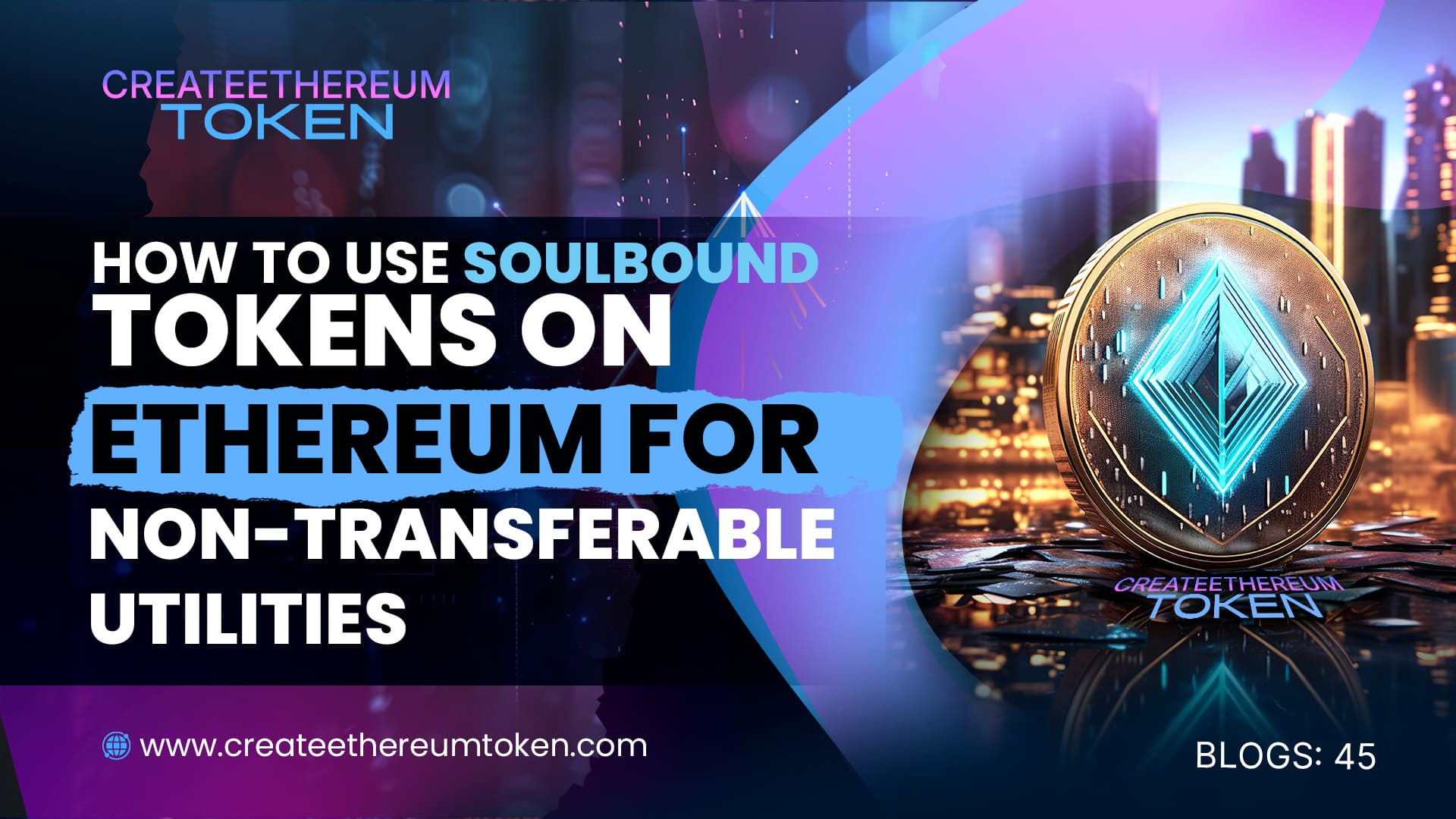April 28, 2025
How to Implement Vesting Schedules for Ethereum-Based Tokens
Launching a token on Ethereum involves more than just deploying a smart contract—it requires a clear and fair vesting schedule to build trust and support long-term growth. Vesting helps prevent early dumps by locking tokens for founders, teams, advisors, and investors, ensuring alignment with the project’s vision and timeline.
What Is a Vesting Schedule?
A vesting schedule defines how and when certain token allocations become accessible. Instead of giving out large sums upfront, tokens are released over time or upon reaching specific milestones. This reduces market manipulation and promotes accountability.
Key Components of a Vesting Schedule
- Cliff Period: A set time (e.g., 6 or 12 months) during which no tokens are released.
- Linear Vesting: Tokens are released gradually over a fixed period (e.g., monthly over 2 years).
- Milestone-Based Vesting: Tokens unlock only when specific achievements or KPIs are met.
- Revocable vs. Irrevocable: Vesting can be set to allow for token recovery under certain conditions (e.g., team departure).
Smart Contract Implementation on Ethereum
Ethereum makes it easy to automate vesting schedules through smart contracts. Developers can use secure, open-source libraries like OpenZeppelin’s Vesting Contracts, which allow full control over cliffs, release timelines, and revocation settings.
Best Practices for Token Vesting
- Make It Public: Publish your vesting contracts for transparency.
- Time-Lock Liquidity and Reserves: Use smart contracts to prevent early access.
- Avoid Manual Distributions: Automate everything to avoid trust-based execution.
Conclusion
A well-designed vesting schedule signals professionalism, reduces risk, and helps stabilize the market post-launch. Ethereum’s smart contract flexibility makes it easy to implement, enforce, and publicly verify. If you’re building a serious project, vesting isn’t optional—it’s foundational.






